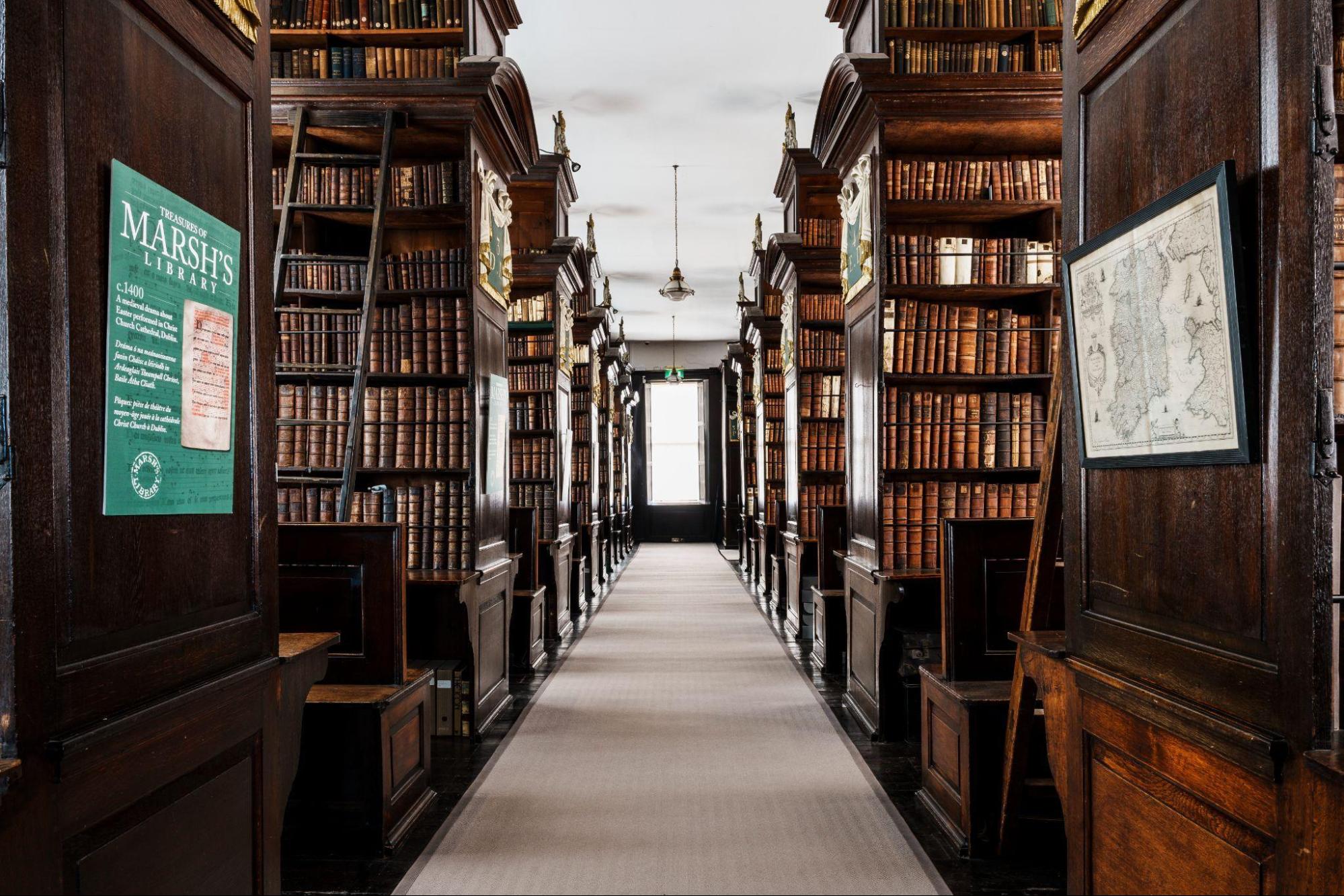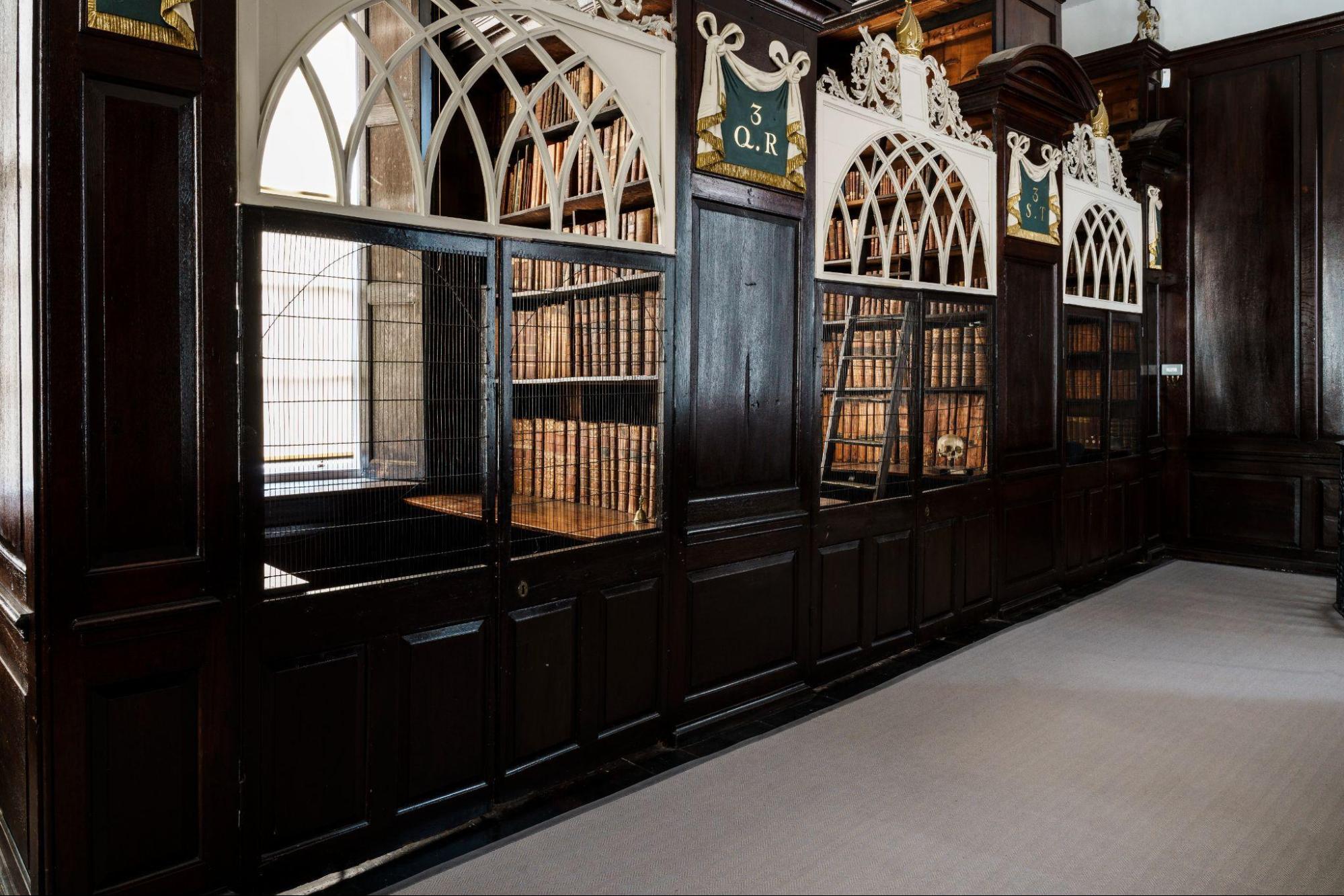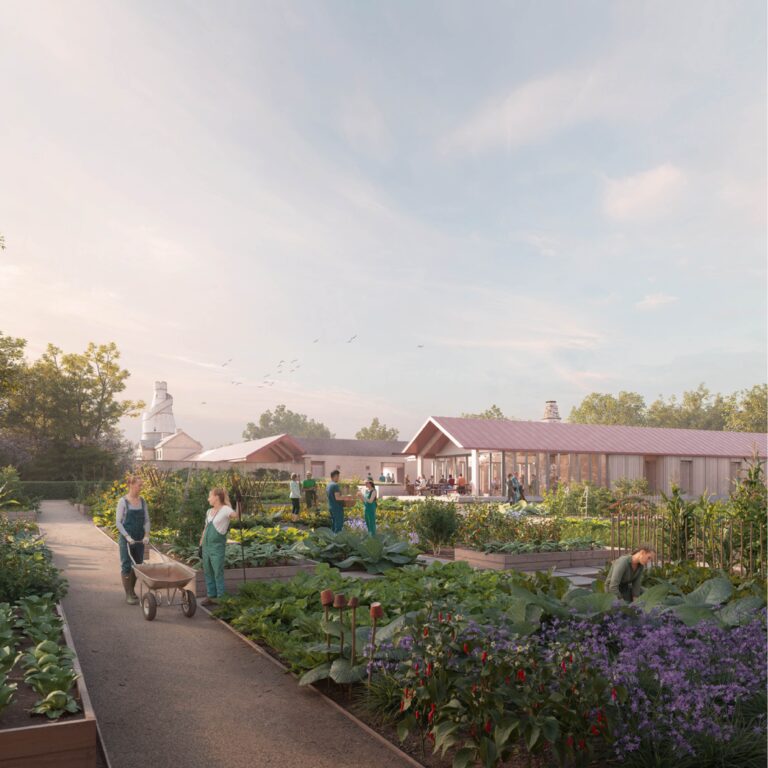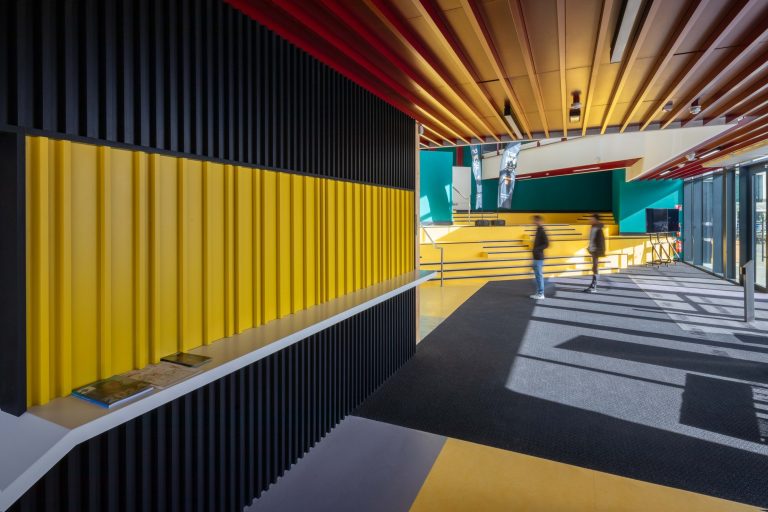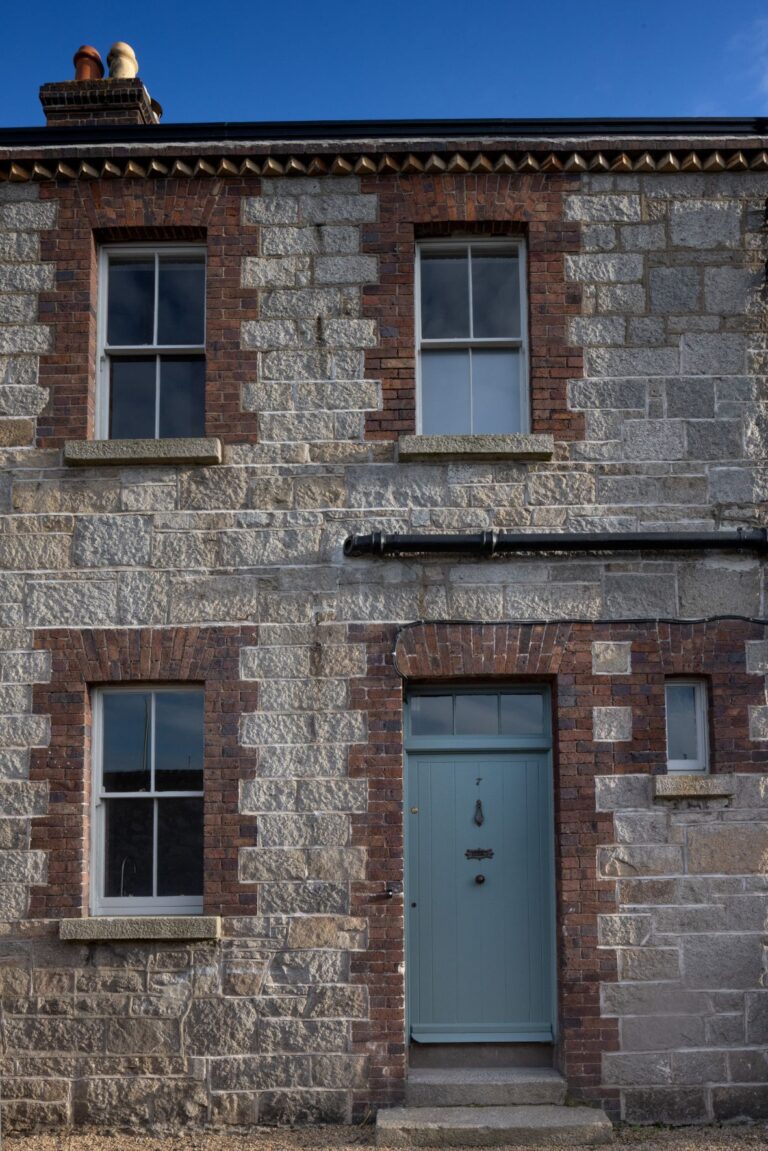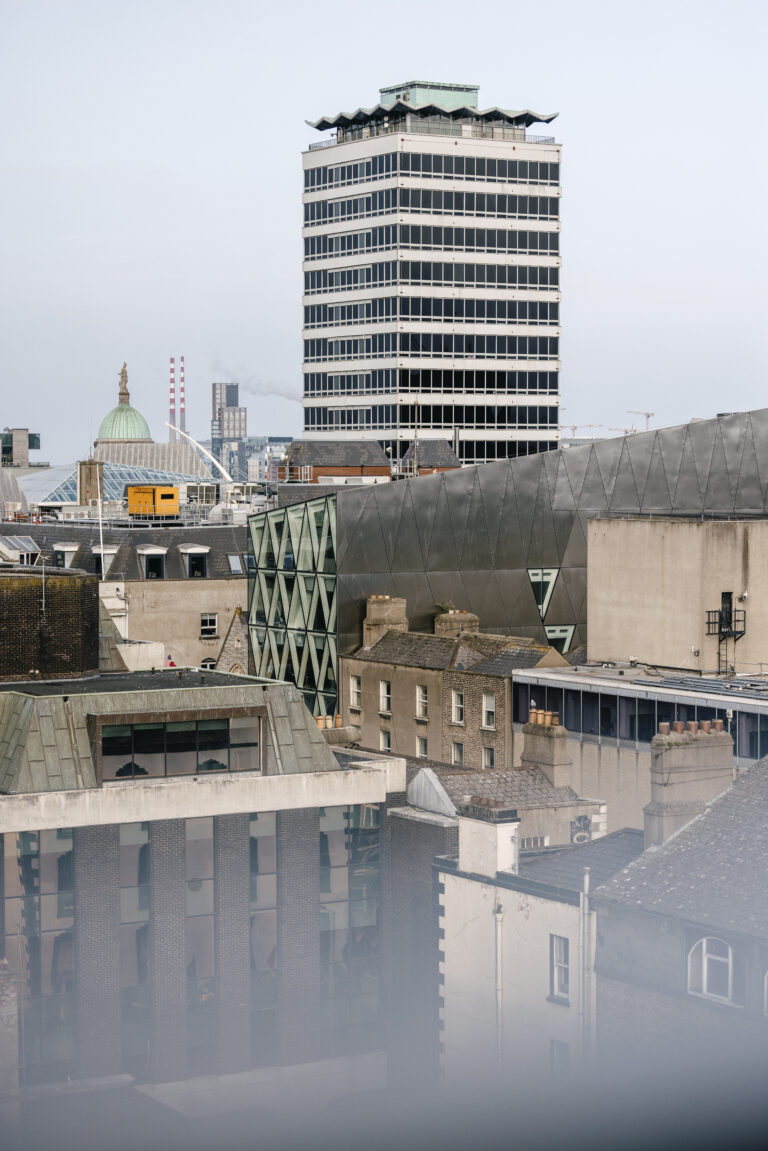Journal •
Marsh’s Library
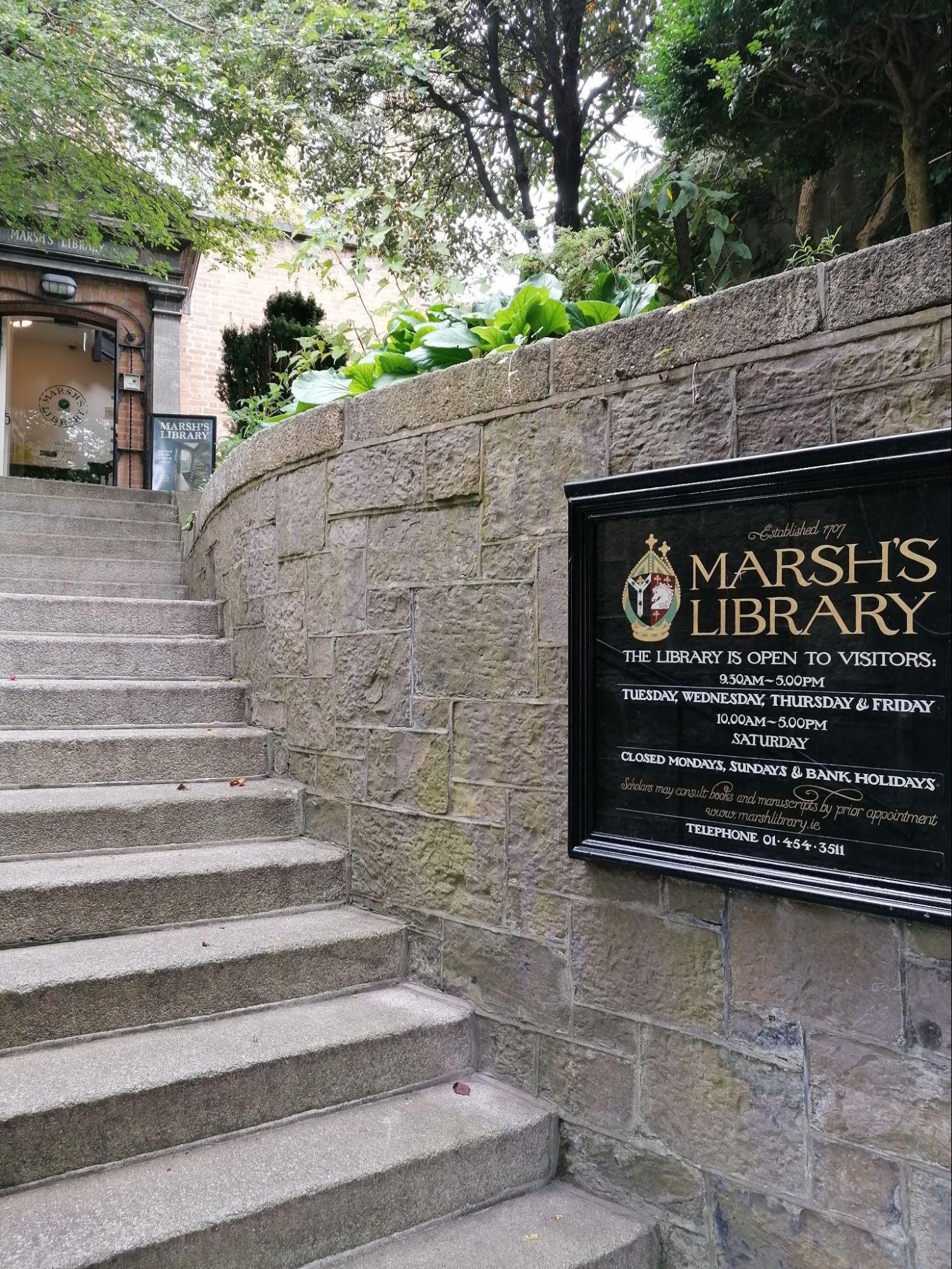
Marsh’s Library is an original 18th Century public library, still used for its original purpose. For over 300 years, students, scholars and locals have been welcomed to search our collections and be surprised at what they find. The books remain in the same position as they were when the library opened in 1707. Jonathan Swift, an early reader, would feel completely at home if he were to walk in today.
Narcissus Marsh (1638-1713) was an English clergyman, who arrived in Dublin in 1679 to become the Provost of Trinity College. Unimpressed with the students and Dublin overall, he made it his mission to benefit the city with a public library. He was able to do so after 1694, when he became the Archbishop of Dublin, and received land and a sizeable salary. The library was constructed next to the Archbishop’s Palace (now the former Kevin Street Garda station) over the years of 1701-1703.
The First Gallery and Old Reading Room were designed by Sir William Robinson (1645-1712). The structure of the building is a huge advantage for conserving the collection. The large gallery allows for air flow throughout the space. The German oak bookshelves are free-standing, an inch away from the walls, so the dampness that pervades Irish buildings is not lingering anywhere near the books. The library is on the upper floor, above the old Keeper’s apartments, where the head member of staff would have resided. The Old Reading Room houses the furniture used by James Joyce and Bram Stoker, beside the original fireplace that Swift sat by.
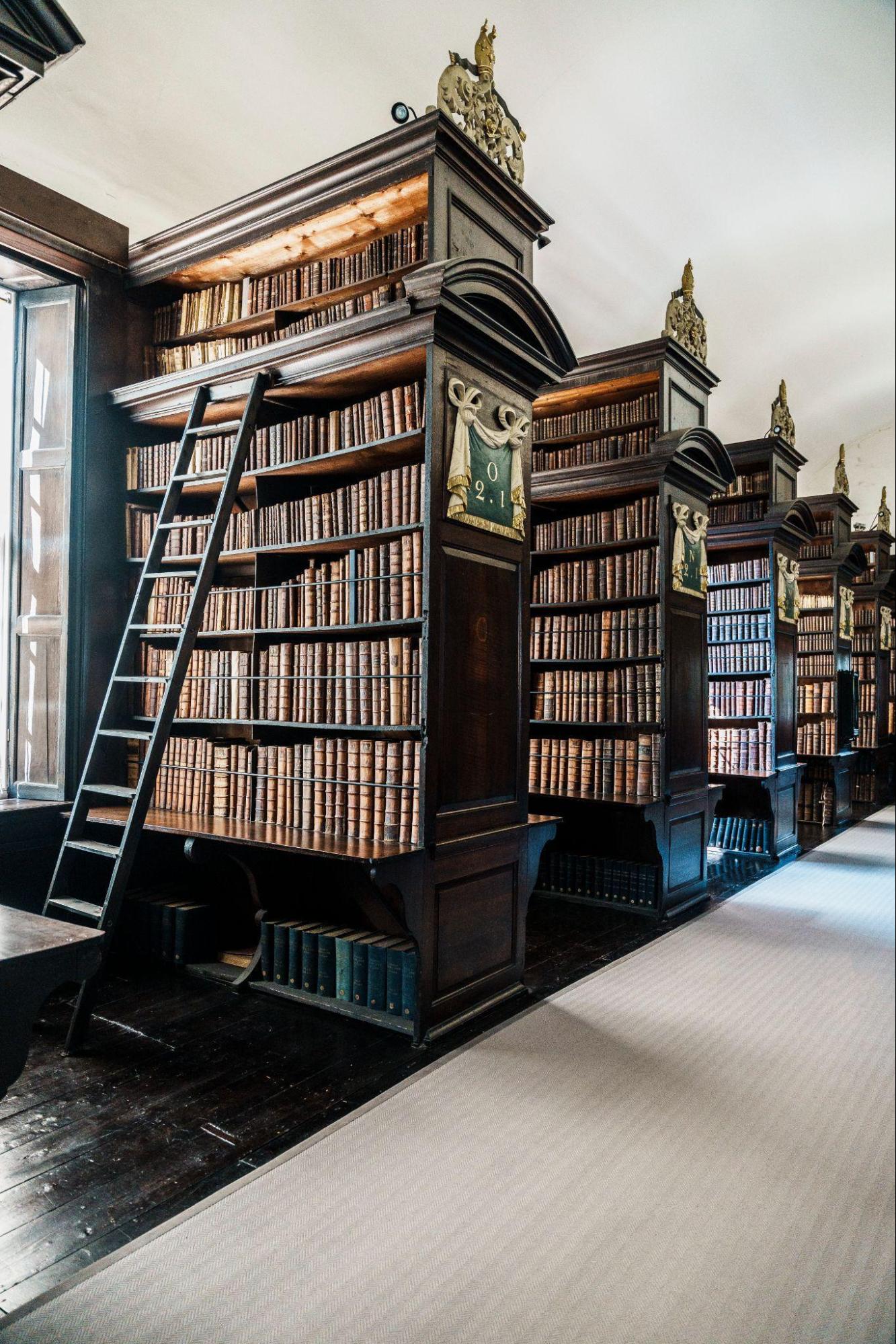
The Second Gallery was added in 1708-1709, designed by Thomas Burgh (1670-1730). It is narrower than the first gallery and does not receive much natural sunlight so it’s darker and colder, particularly in the winter months. This gallery contains the seats used by readers in the bays, a feature which was soon abandoned in the late 1760s, due to book theft. Security was increased via the use of supervision strictly in the Old Reading Room, but also the use of cages at the end of the library. Readers would be given their books and a bell to signal when they were finished, unable to leave until the librarian released them.
Below the main library we have the garden that was once private to the staff. We have since been able to open it up to the public so everyone can admire the beautiful scenery tucked away in the city centre. In the garden you can see the original windows that align the old Keeper’s apartment. The buttresses between them were added during renovations paid for by Benjamin Lee Guinness during the 1860s. Other renovations include the stone steps of the entrance to the library. During a period of financial strain, Guinness paid for a new entranceway to encourage visitors to the library, the original having been via the graveyard of St. Patrick’s Cathedral.
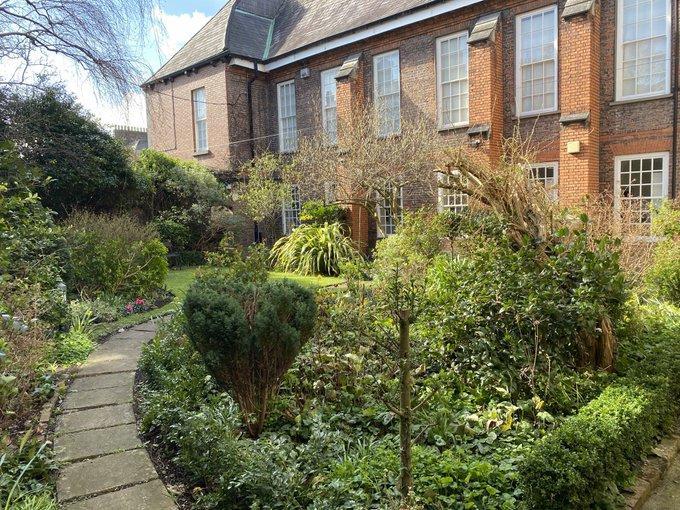
Marsh’s Library holds many stories on its shelves. The 1707 Act of Parliament declared us a public library “in perpetuity” so we hope to still be welcoming visitors in another 300 years.
Instagram @marshslibrary
Facebook Marsh Library
Twitter @Marshslibrary

